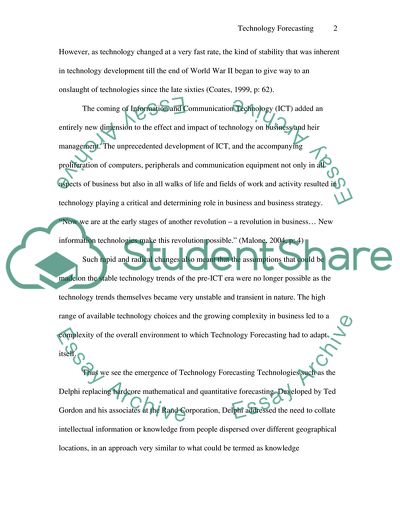Cite this document
(“Technology Forecasting Essay Example | Topics and Well Written Essays - 1000 words”, n.d.)
Technology Forecasting Essay Example | Topics and Well Written Essays - 1000 words. Retrieved from https://studentshare.org/technology/1554308-a-brief-review-of-technological-forecasting
Technology Forecasting Essay Example | Topics and Well Written Essays - 1000 words. Retrieved from https://studentshare.org/technology/1554308-a-brief-review-of-technological-forecasting
(Technology Forecasting Essay Example | Topics and Well Written Essays - 1000 Words)
Technology Forecasting Essay Example | Topics and Well Written Essays - 1000 Words. https://studentshare.org/technology/1554308-a-brief-review-of-technological-forecasting.
Technology Forecasting Essay Example | Topics and Well Written Essays - 1000 Words. https://studentshare.org/technology/1554308-a-brief-review-of-technological-forecasting.
“Technology Forecasting Essay Example | Topics and Well Written Essays - 1000 Words”, n.d. https://studentshare.org/technology/1554308-a-brief-review-of-technological-forecasting.


